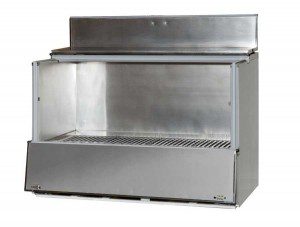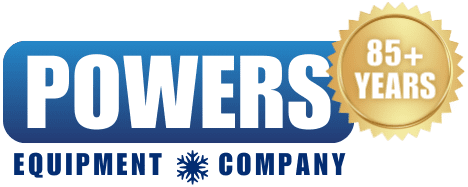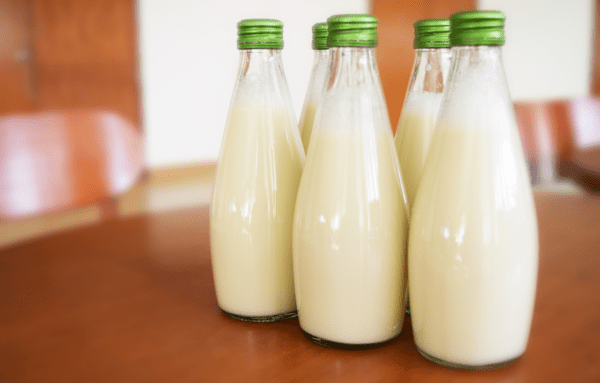What is Raw Milk?
Pennsylvania is one of a handful of states that allow the sale of raw milk for human consumption. Raw milk is just unpasteurized milk. The pasteurization process for milk preserves the product naturally without having to add ingredients. There are two main types of pasteurization for milk currently being used in the United States.
The first is HTST, or flash pasteurization. HTST stands for High-Temperature Short Time and the other is UHT, which stands for Ultra High Temperature, or Ultra Heat Treating. Neither of the processes sterilizes the milk. They only reduce microbial activity.
The HTST process forces milk between metal plates or through pipes that are heated on the outside by hot water. The milk is heated to 161 degrees for 15 seconds before being cooled. The second method, UHT heats the milk to 280 degrees for at least 2 seconds. Milk that is labeled ‘pasteurized’ has usually been treated with the HTST method. Milk that is labeled as ‘ultra-pasteurized’, or ‘UHT’, has been treated with the UHT method of pasteurization.
Most supermarket milk has been treated with the HTST process and heavy cream is often labeled as ‘ultra pasteurized’. Both processes do not kill all the microbes in milk; they just reduce the number of pathogens in order to slow down their growth in food.
What is Pasteurization?
Pasteurization was invented by Louis Pasteur as an effective means to improve food safety. Pasteurization became more common after the industrial revolution of the 1800s when the physical distances between agricultural and urban areas grew larger. People needed a means to safely transport perishable food products over those distances.
Milk is an ideal candidate for pasteurization because it is a great medium for growing bacteria and other pathogens. When milk is stored at temperatures above 40 degrees, bacteria begin to multiply. After the industrial revolution, it proved very difficult to transport milk fast enough to prevent pathogens from taking hold. The combination of slower transportation and less effective refrigeration made pasteurization vital to the nation’s health.

The optimal temperature for storing milk is 35 degrees as this will maximize freshness and flavor the longest. At home, it is best not to store your milk on your refrigerators door as it is usually the warmest spot in the refrigerator. Proper milk storage and use before the expiration date is especially important if you are fortunate enough to be able to purchase raw milk.

